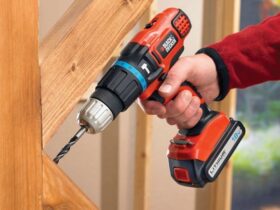Over the past few years, modular construction has become quite popular in the countries of Eastern Europe and Asia. Today, modular technologies are used not only to create commercial objects, but are also distributed in the private sector. So, even 5 years ago, they were intensively used to build secondary premises, and today you can find many residential buildings created from modular units. Modular units or just modules are called structural elements from which a building is created. One module can be a wall, ceiling, floor.
The main advantage of modular construction is in a short time to build the premises. All modular units are brought to the construction site and with the help of the tap are folded into one. So, small buildings such as a kiosk or utility room can be created in a few days. Larger premises or residential buildings can be built from modules in a few months.
There is an advantage of such construction technologies and their cheap price. Compared to traditional brick construction, the modular will cost half the cheaper.
The life of the modular building is the same as that of strong brick, from 30-35 years.
The unconditional advantage of modular buildings is that they are relatively light. They are easy to transport, they do not require primer, filling the foundation. It is for these reasons that modular premises are built in those places where standard construction is prohibited.
Modular buildings are completely independent of central communication networks. Installation of autonomous heating from polypropylene pipes here can be done with your own hands! They can easily lay lighting in them, carry out sewers and water supply, create ventilation.
Given such numerous and significant advantages, modular construction confidently conquers more and more supporters, and is used more and more often. Experts in the field of architecture and construction predict that in the next five years, modular construction will be the least 70% among commercial facilities, and 15% among private buildings.















Leave a Reply
View Comments